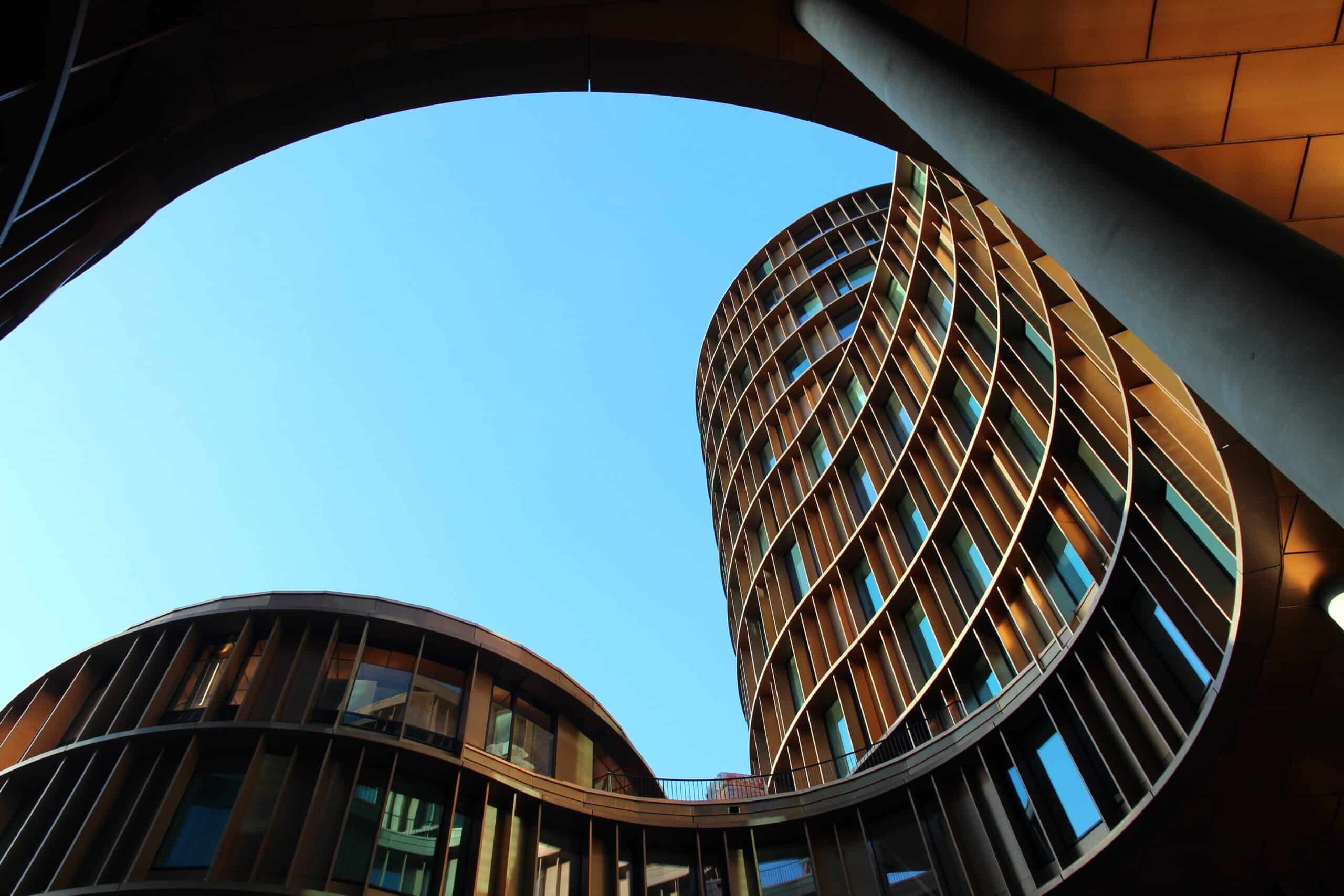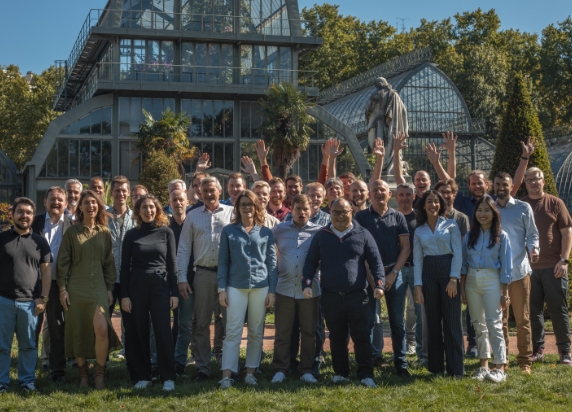The number one topic in the mental night talks of a C level in the AECO (Architecture, Engineering, Construction, and Operation) industry is, without a doubt, the “new client acquisition”. It is part of strategic business plans, board meetings, and annual reports. Only a continuous acquisition of new clients can diminish the impact of churn and guarantee a healthy business growth. The way to get to these new clients is slightly different in our industry when it comes to comparing construction companies, developers, architects, engineers, project managers, quality seals, industrial manufacturers, etc. Still, there are some main drivers.
First driver – The public tenders
First, the public tenders are a driver that depend on each country, and which evolve through the project cycle and maturity. A bigger or smaller (but always existing) percentage of projects run thanks to public and semi-public money. This implies that the way to acquire the project (meaning the client) will go through the mechanism of a public tender. Increasing the chances of winning a public tender based on a prominent and specific request for functionalities is difficult. Still, as projects are becoming more and more digitalized, there is usually an excellent chance to increase visibility or punctuation based on:
1) Offering cutting edge technology inside the offer and
2) Being able to prove with references (that have been mastered) the cutting-edge technology in previous projects already.
Both lines of argumentation are usually fundamental because public clients cannot (because of the law) and do not want to be involved in technologies and formats that could force them to acquire specific software. With some exceptions, when it comes to public money and public tenders, the rules or norms are to guarantee neutrality. First, companies can participate without constrictions of tools. Second, the public administration will now get trapped in a captive client type of relation, with a specific software provider, that can use that position to make itself strong. To prove added value into the offer at a tender is probably the only way, companies must elevate themselves from the mass. The second strategy is more straightforward; it is about offering insanely low prices, which is not the big dream of any company and leads to the inevitable fight for changes afterward.
Second driver – Digitization impacts the relation-based industry
The second driver is more interesting. Most of the businesses in the AECO industry come from the network, the companies, the owners, etc. It is so that when a C-level leaves a 500 people engineering, he/she carries the clients and part of the key employees with him/her. This industry is strongly scattered and very relation based; it is a pure B2B (Business to Business) world. Through decades, it was almost impossible to acquire a client from a competitor. The relationship and the trust are simply too impenetrable. Digitalization is changing this. There is a clear tendency in the market of new groupings companies around clients that were not collaborating before. Why is this so? The answer is quite simple. Digitalization is making its effect. Some leaders are pushing strong into the new possibilities and have technically affine teams, so their change management over the last years was smooth, and they are very advanced with their Digital setup and BIM. Others do not consider the topic to be too urgent.
In the market, we have visionaries, early adopters, majorities, and laggards. This is on top of the reality: the value chain participants have different responsibilities, so for a structure engineer, the value of digital tools means something completely different from the main contractor. Whatever the differences may be, the reality is that some companies need to find collaborators with the capacity to interface, connect to their new digital workflows. Old friendships and relations can resist this for a while, but the easier way for business will win when it comes to business. Whenever an old collaborator is not moving forward, there will be ten others willing to prove value. This is creating an interesting panorama of companies trying new business partners; of course, it is a menace for those that work in their closed systems unable to connect to the workflows of others. But the organizations that see this as an opportunity, the incumbents, are taking the chance here. As we said before, never the capacity to listen to a new type of offer, with a unique added value, and with a higher ability to deliver or exchange neutral quality information, communication and workflows were higher. Those that are stuck in a long bull cycle may not feel like making this effort. But there are enough chances to reach out to developers offering digital added value because many developers are hearing and seeing the potential of digital trends in our market for enough years now to expect these things to happen. There are enough main contractors that are integrating digital added value to be more visible. And there are enough project management companies, engineers, and architects willing to put some more value into their offers, making the most solid relations break under the pressure of the market forces. In the end, business is business, and the leaders are responsible for the salaries of too many families. Old friendships and loyalties can resist these forces during a time but will start to look around to see which business partners are the more healthy ones for the next decades.
The reality is that the fragmented genetic of the AECO industry is precisely the perfect ground for these dissolutions and regrouping. Companies that expand their old standard services and messaging incorporating innovation and changes in the ecosystem that are worrying their potential clients will disrupt the relations and find a space in the ecosystem of clients that ten years ago would not have spent time talking to them. And finding space in a new ecosystem will be based on the capacity of communicating and exchanging information. No closed system has the ability to break into a unique ecosystem. Interoperability is based on open standards, neutral platforms, APIs, and integrations.
Andrés Garcia Damjanov, Chief Revenue Officer (CRO) at Catenda.




